If you’ve ever looked at a hand gripper or forearm squeezer and wondered whether it’s worth your time, you’re not alone. From gym rats to casual lifters, many people ask: does hand gripper really work? The short answer is yes—but with some nuances.
Let’s break down how these tools work, what they’re good for, and if grip exercises actually build forearms and hand strength as advertised.
How Do Hand Grippers Work?
Hand grippers are spring-loaded tools that you squeeze repeatedly to build resistance strength in your fingers, hands, wrists, and forearms. The principle is simple: resistance equals muscle activation. Over time, this can lead to stronger grip strength and muscular endurance.
You might be wondering, how does hand gripper work on different muscles? The squeezing motion primarily targets:
-
Forearm flexors (the muscles responsible for closing your hand)
-
Finger tendons and intrinsic hand muscles
-
Wrist stabilizers
Do Grip Exercises Build Forearms?
Absolutely. When done consistently, grip exercises build forearms by working the same muscles involved in deadlifts, pull-ups, and other heavy lifts. While they won't replace compound exercises, they’re a great way to isolate grip endurance and improve overall arm aesthetics.
So if your goal is bigger, more defined forearms—or simply not dropping your groceries—grip work helps.
Do Hand Squeezers Work?
Yes, hand squeezers work by conditioning your hands to exert more force over time. They can help with:
-
Better control during lifts
-
Reduced risk of wrist injuries
-
Improved performance in sports like climbing, wrestling, and golf
But remember, like any muscle group, progressive overload matters. Choose adjustable resistance or progressively harder grippers to keep seeing gains.
Do Forearm Squeezers Work?
Forearm squeezers (often similar to hand grippers) focus more on the muscle bellies in the forearm. These tools work well for hypertrophy if you use high reps or time-under-tension training. They’re a practical add-on for a home gym setup or desk routine.
Do Finger Grippers Work?
Yes, finger grippers work by isolating each finger. This is especially beneficial for musicians, climbers, and rehab patients recovering from hand injuries. Strengthening each finger individually ensures balanced grip strength and dexterity.
Do Squeeze Grips Work?
Squeeze grips—tools like stress balls or gel-based grippers—might look simple, but they do work, especially for rehab, blood flow, and general hand fatigue. While they won’t build thick forearms, they’re fantastic for improving endurance and joint stability.
So, Does Hand Grip Really Work?
In summary: does hand grip really work? Yes, but results depend on consistency, progression, and how you integrate them into a full workout routine. They won’t magically transform your arms overnight, but they’re an effective and underrated tool for anyone looking to boost strength, endurance, or rehabilitation.
Final Thoughts
If you're still asking "do hand grippers actually work?", remember this: the stronger your grip, the better your performance in nearly every physical task. Whether it’s lifting, carrying, or competing—your grip is often your limiting factor. So grab a gripper and get to squeezing.





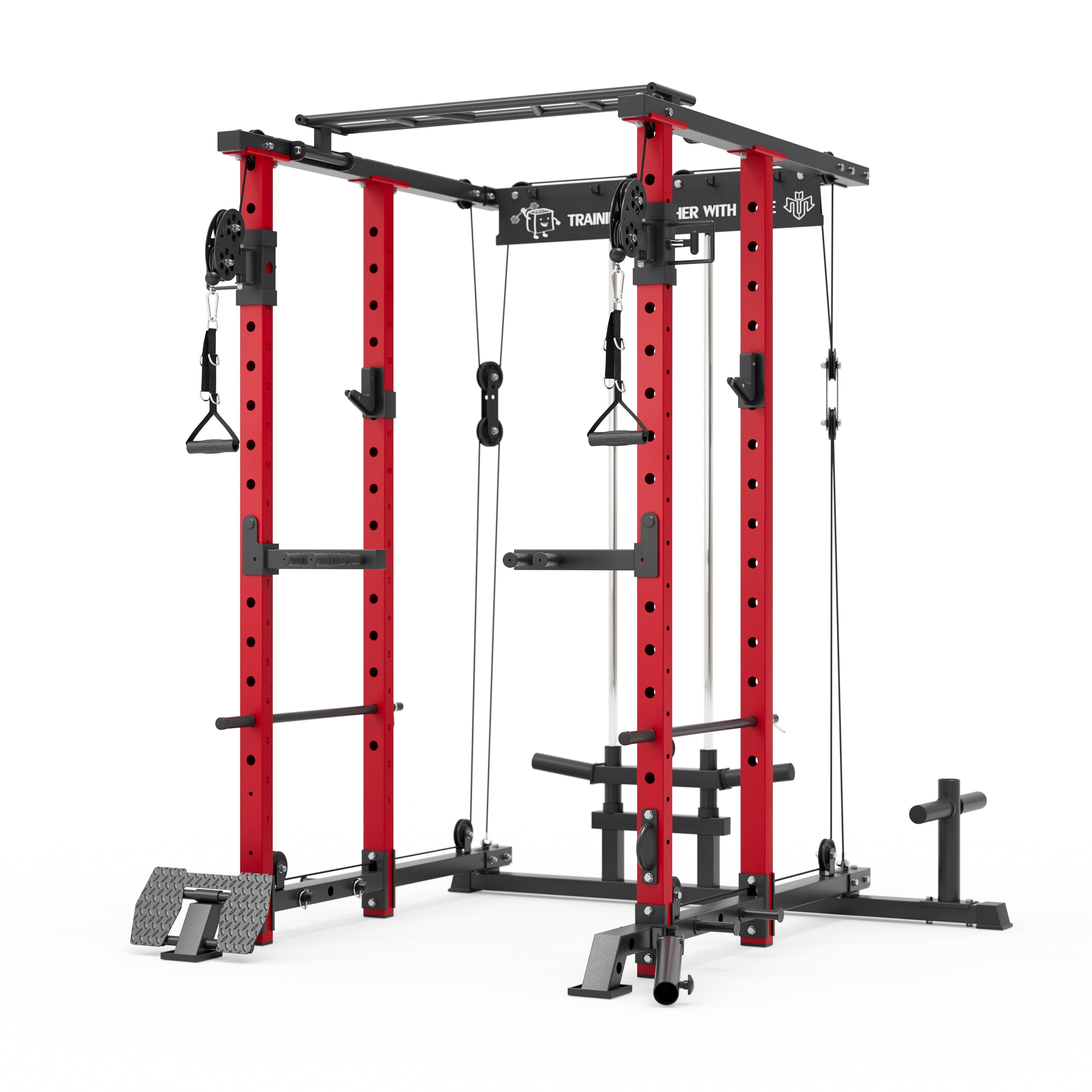
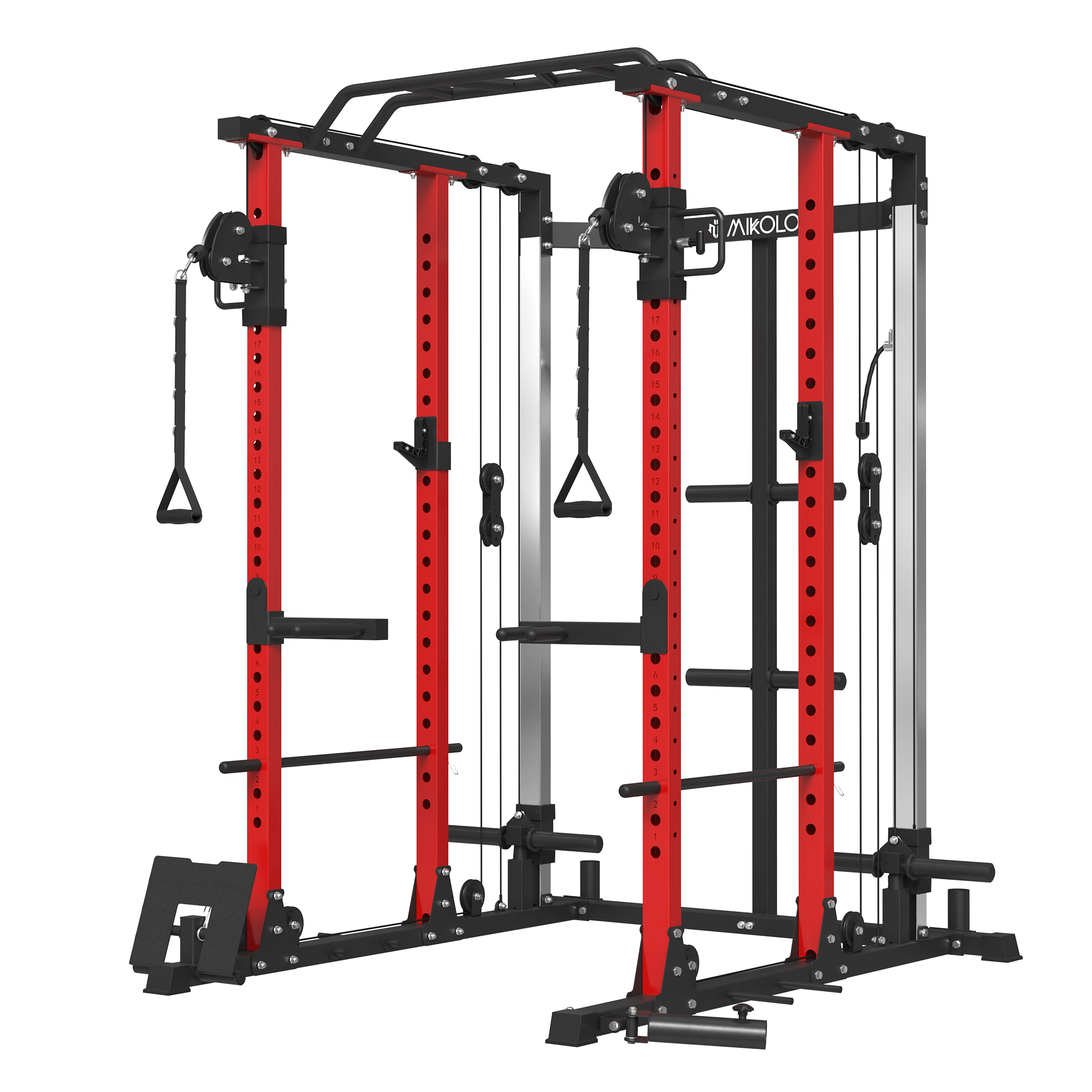
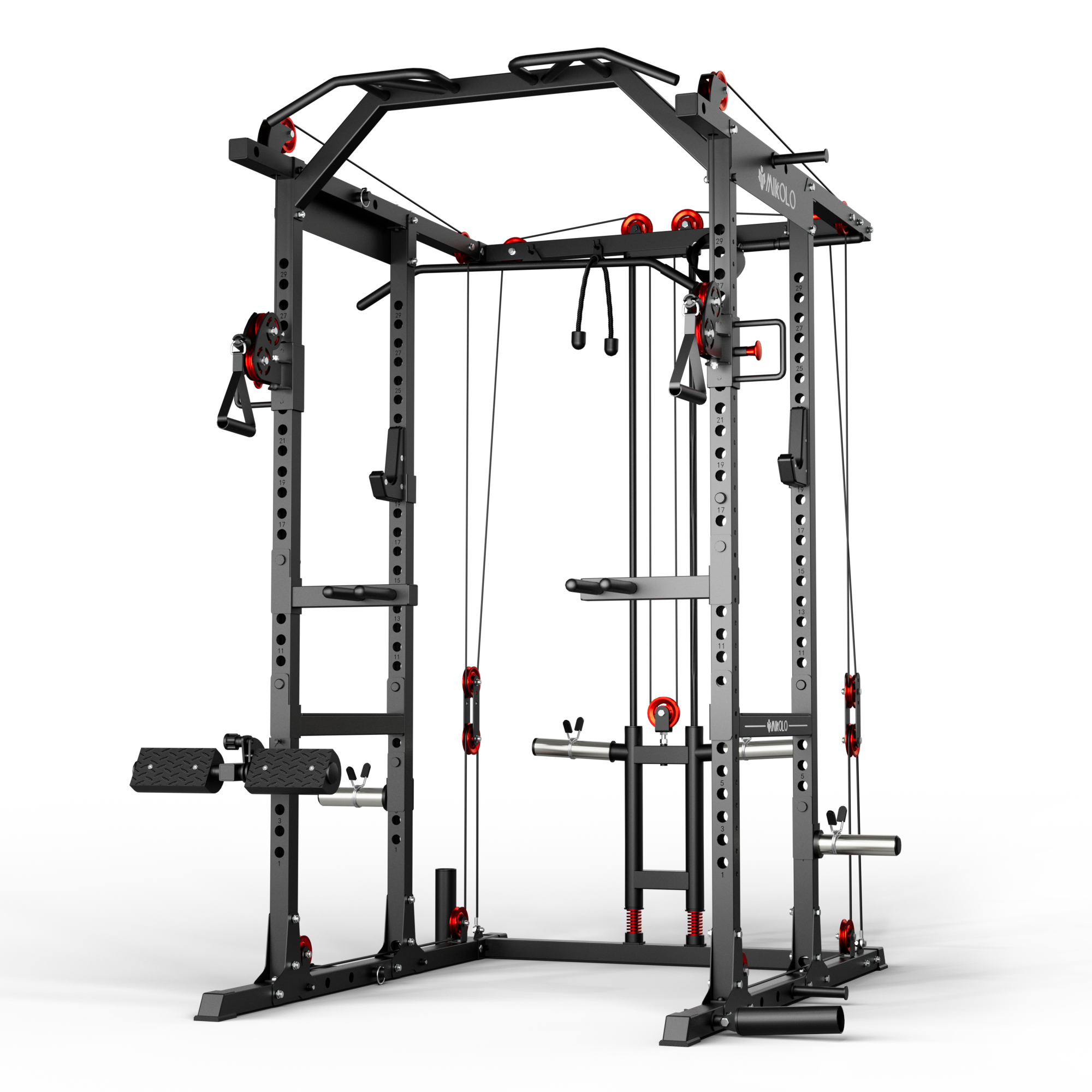
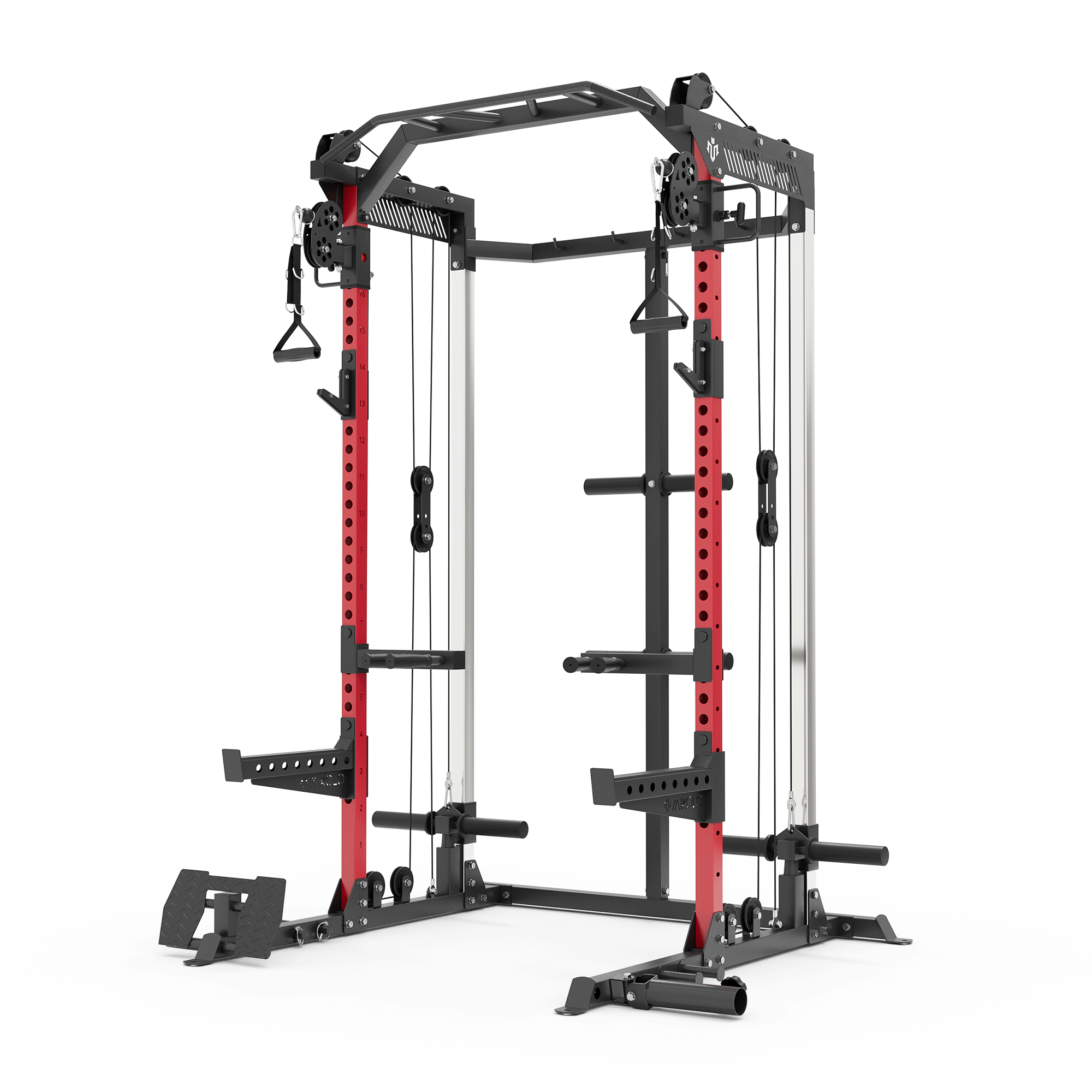





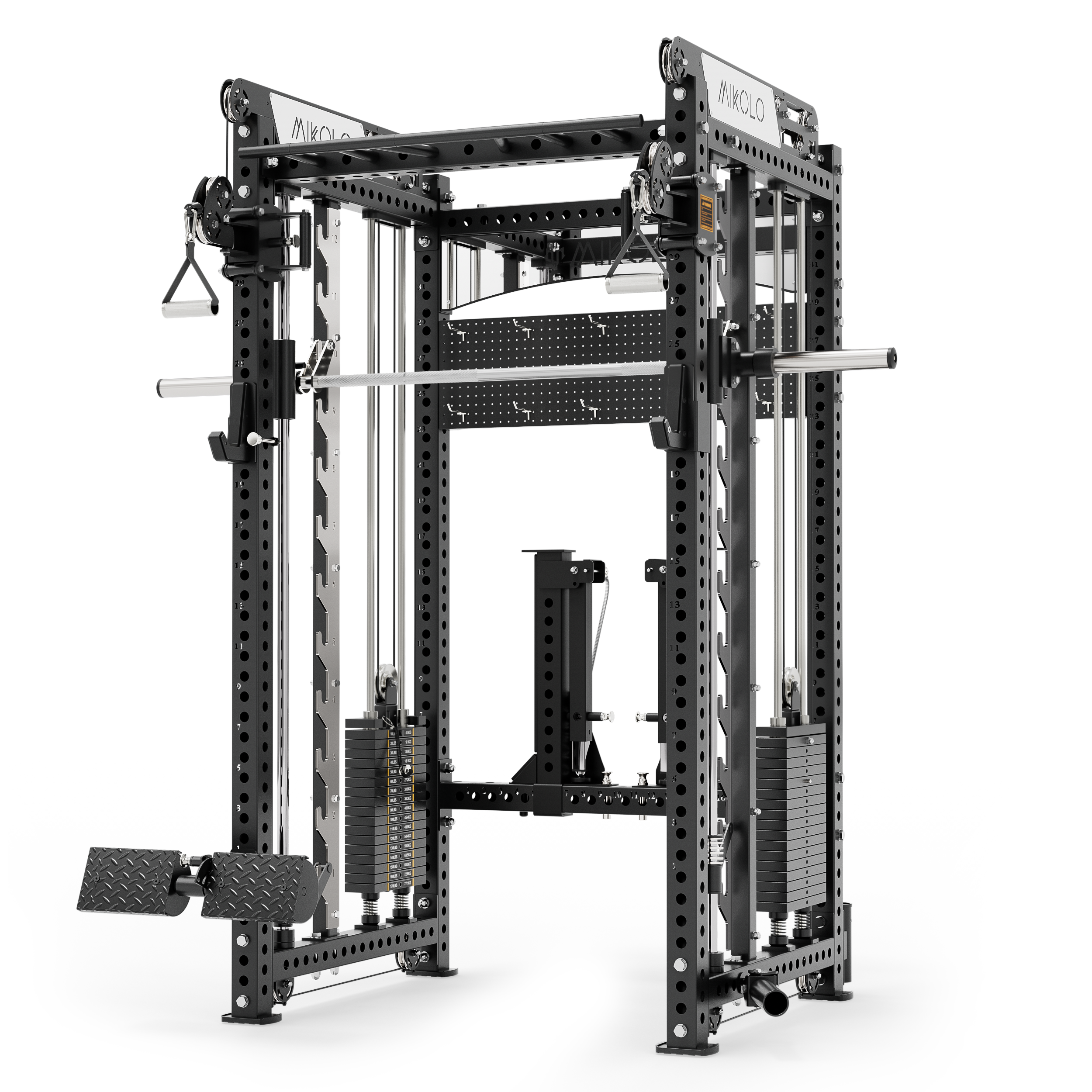
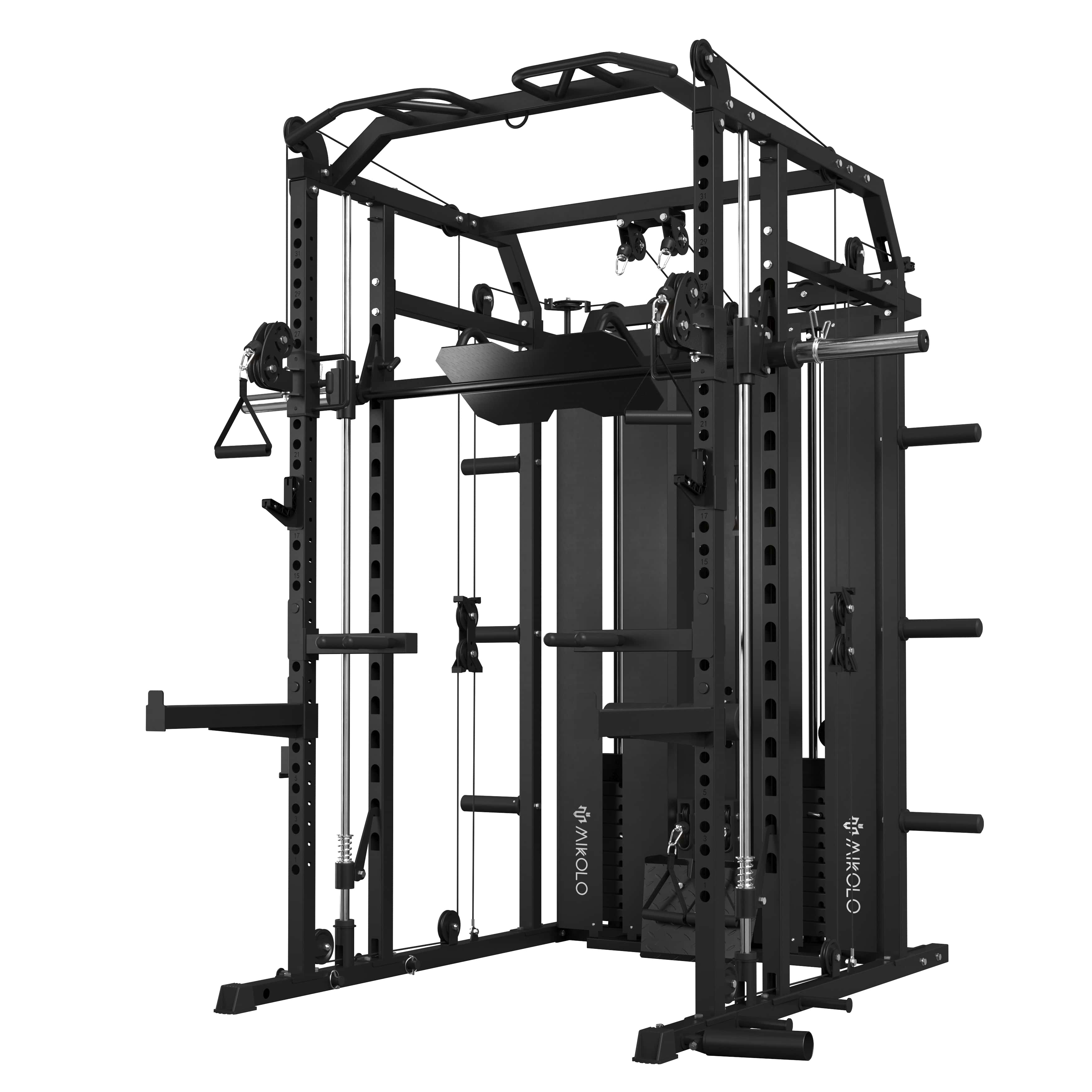
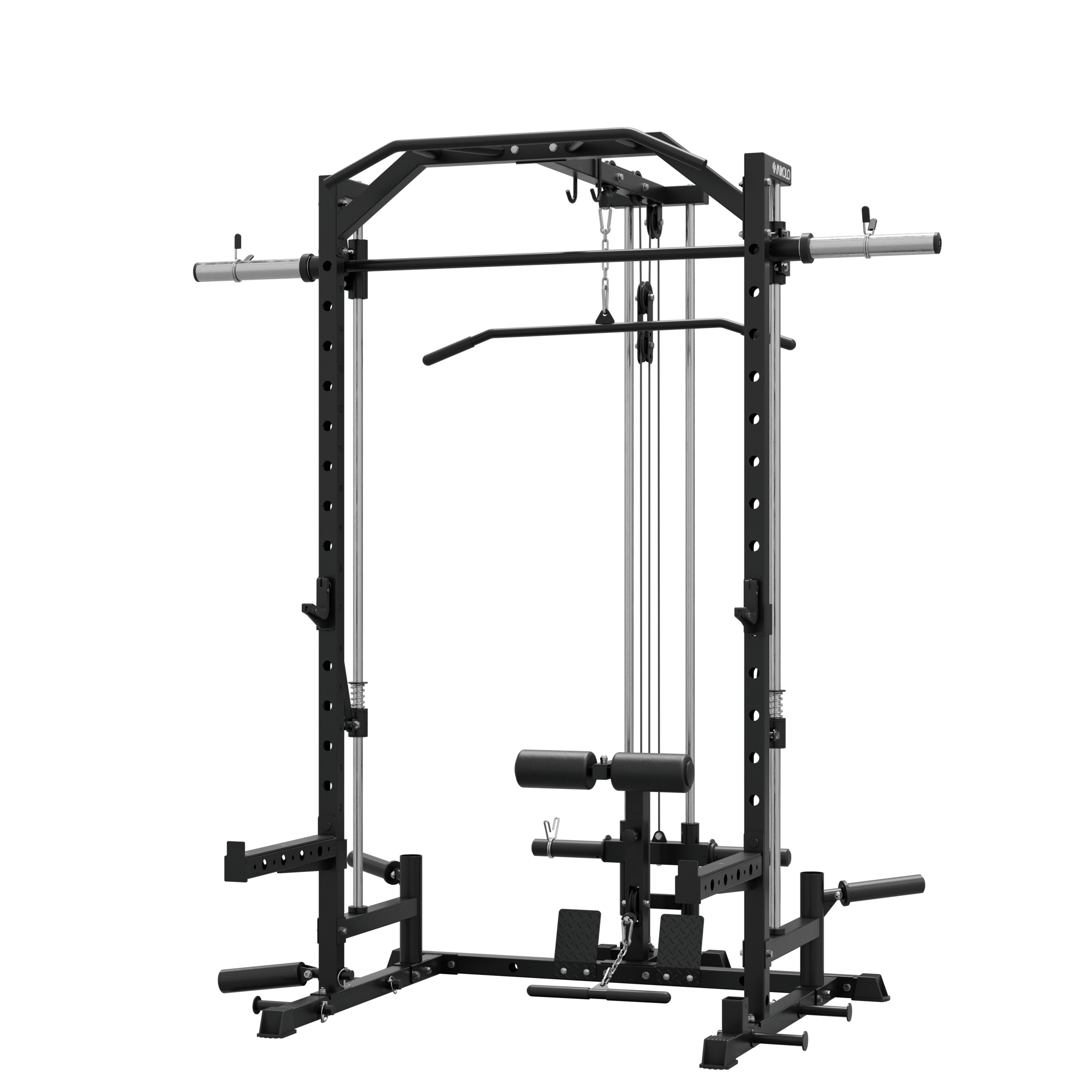
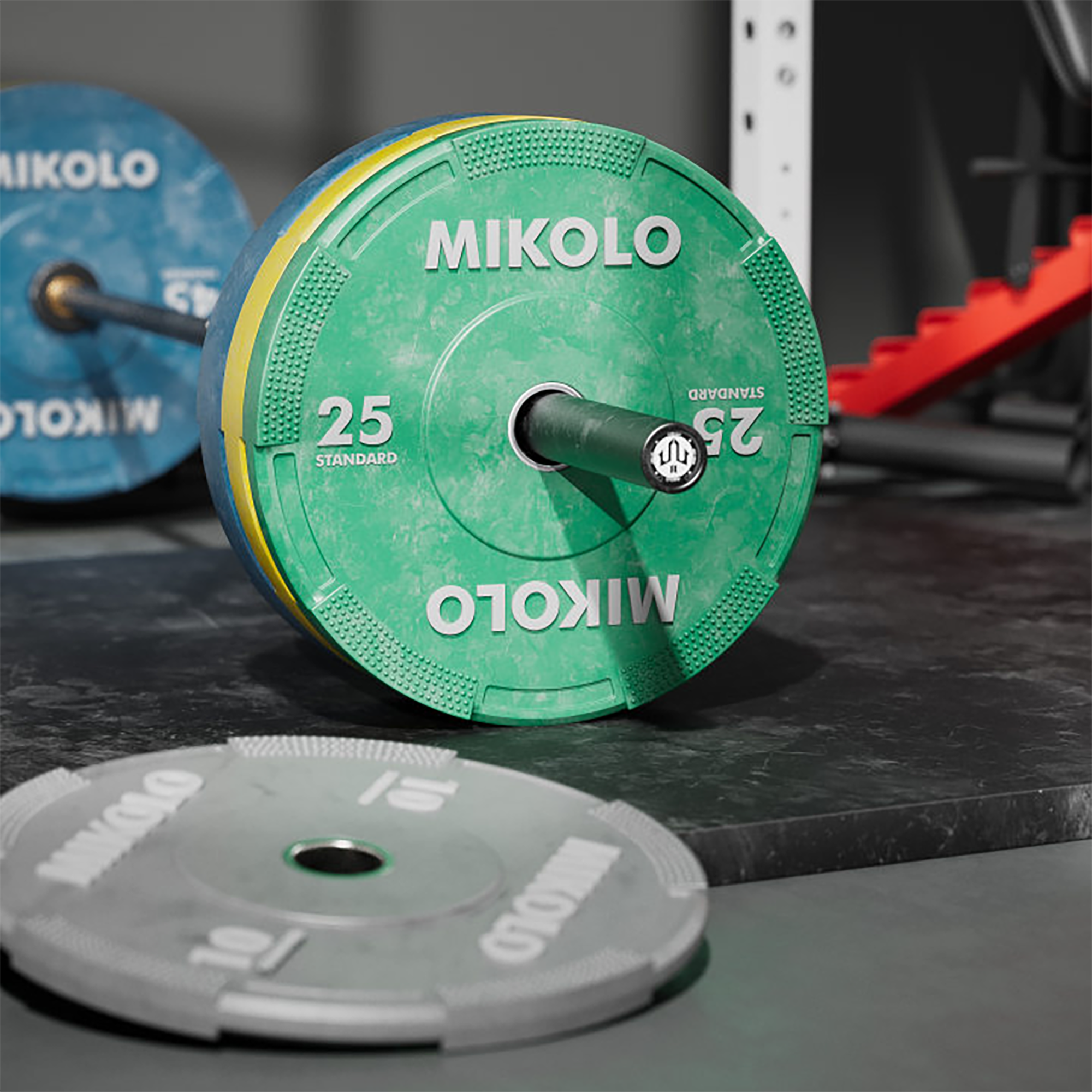


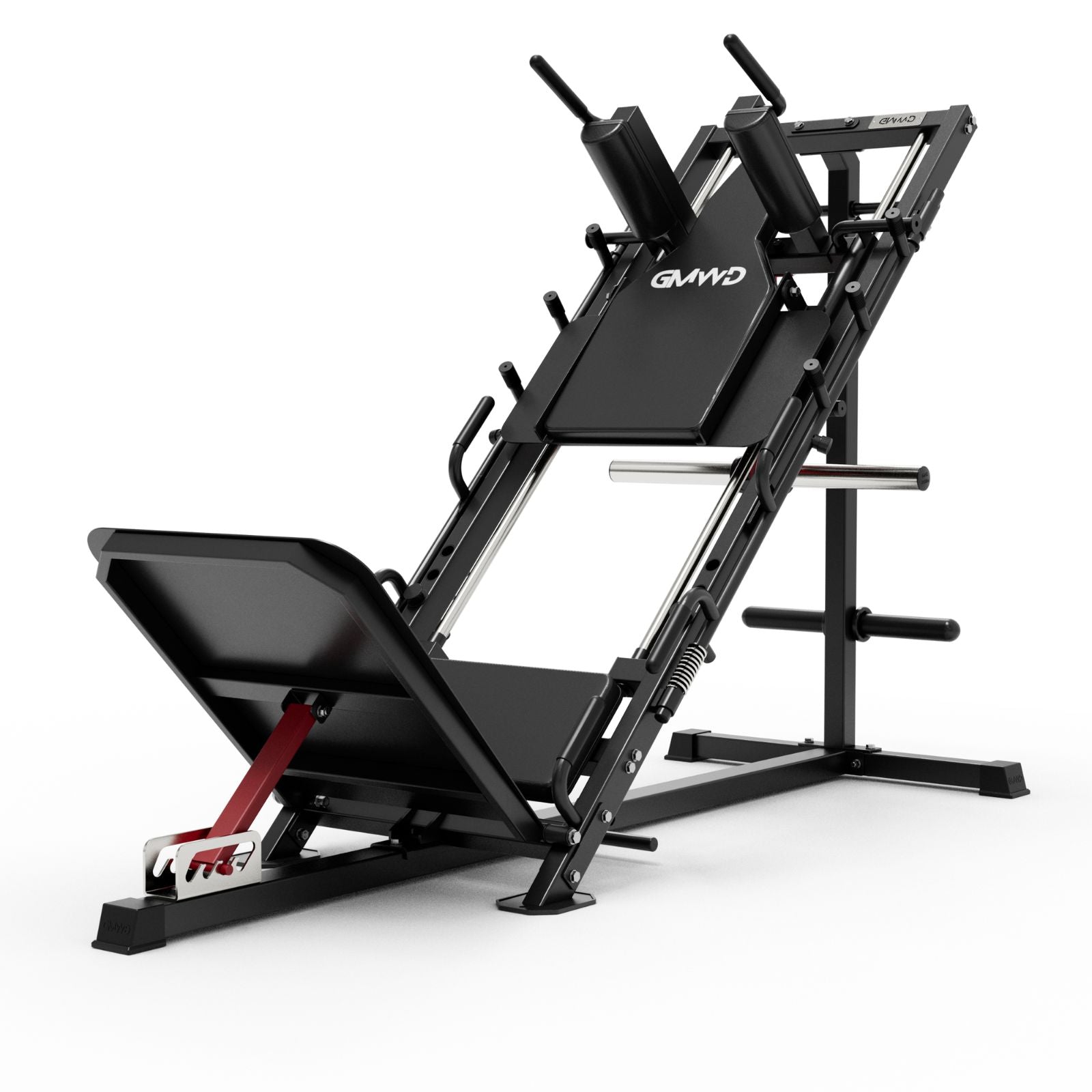


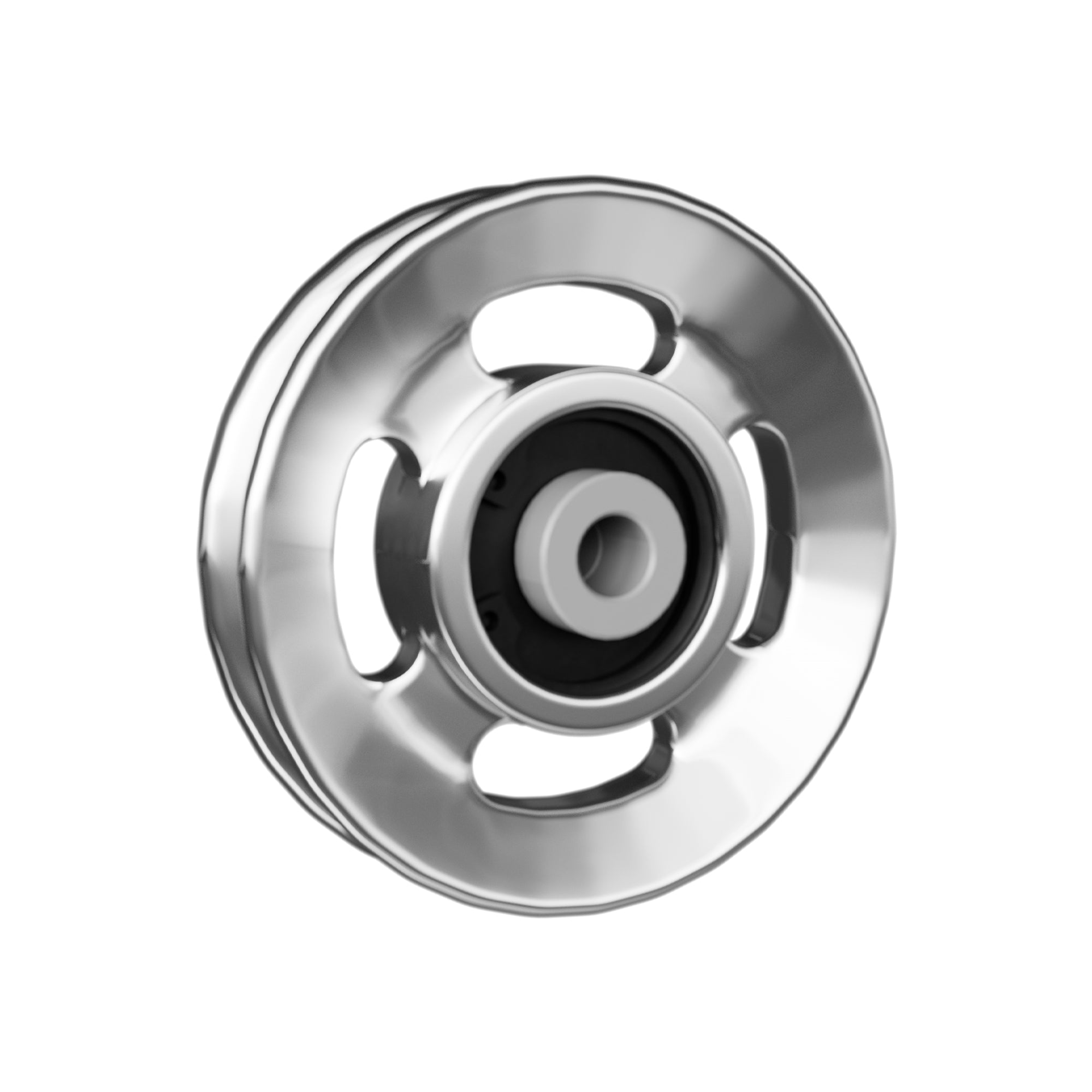
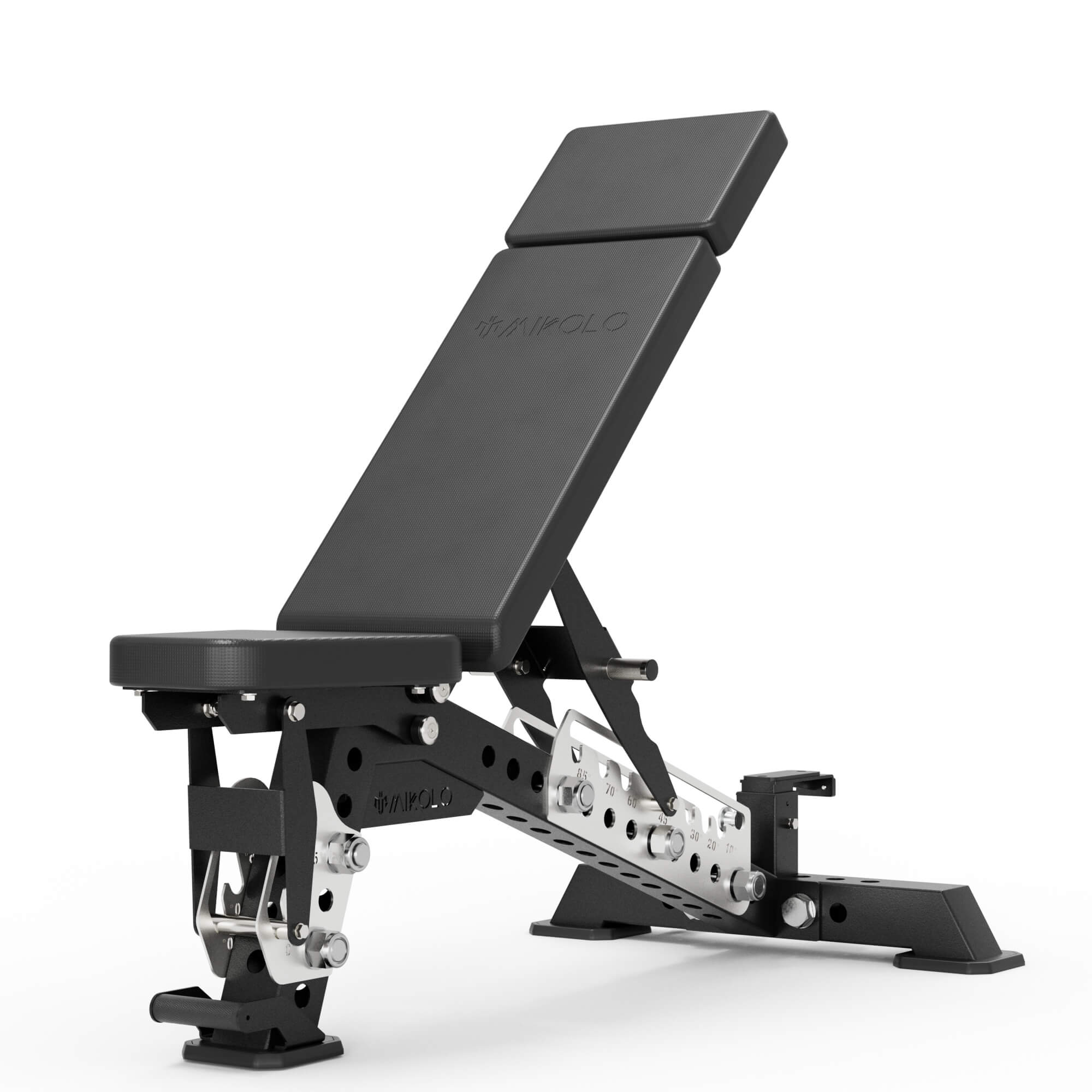
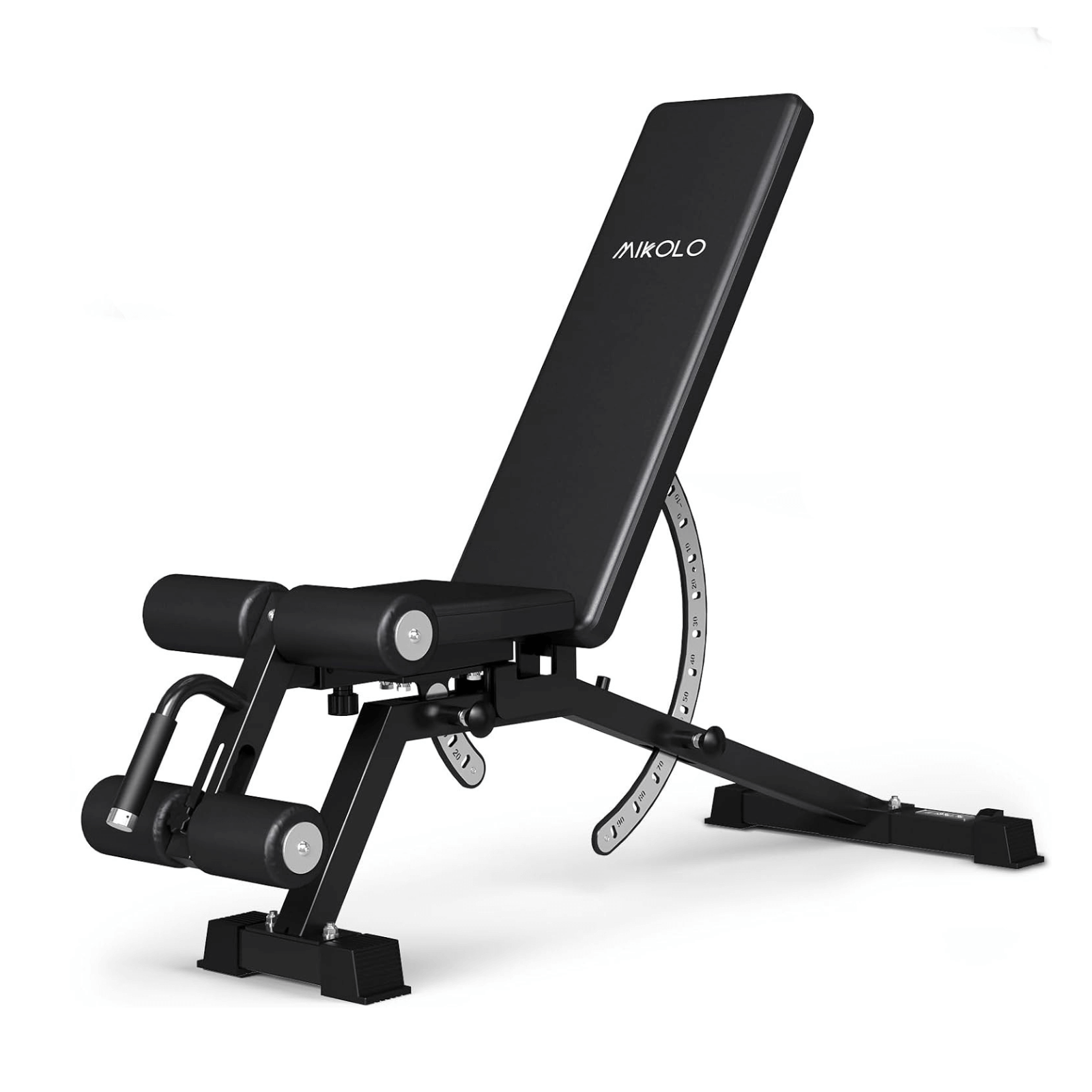

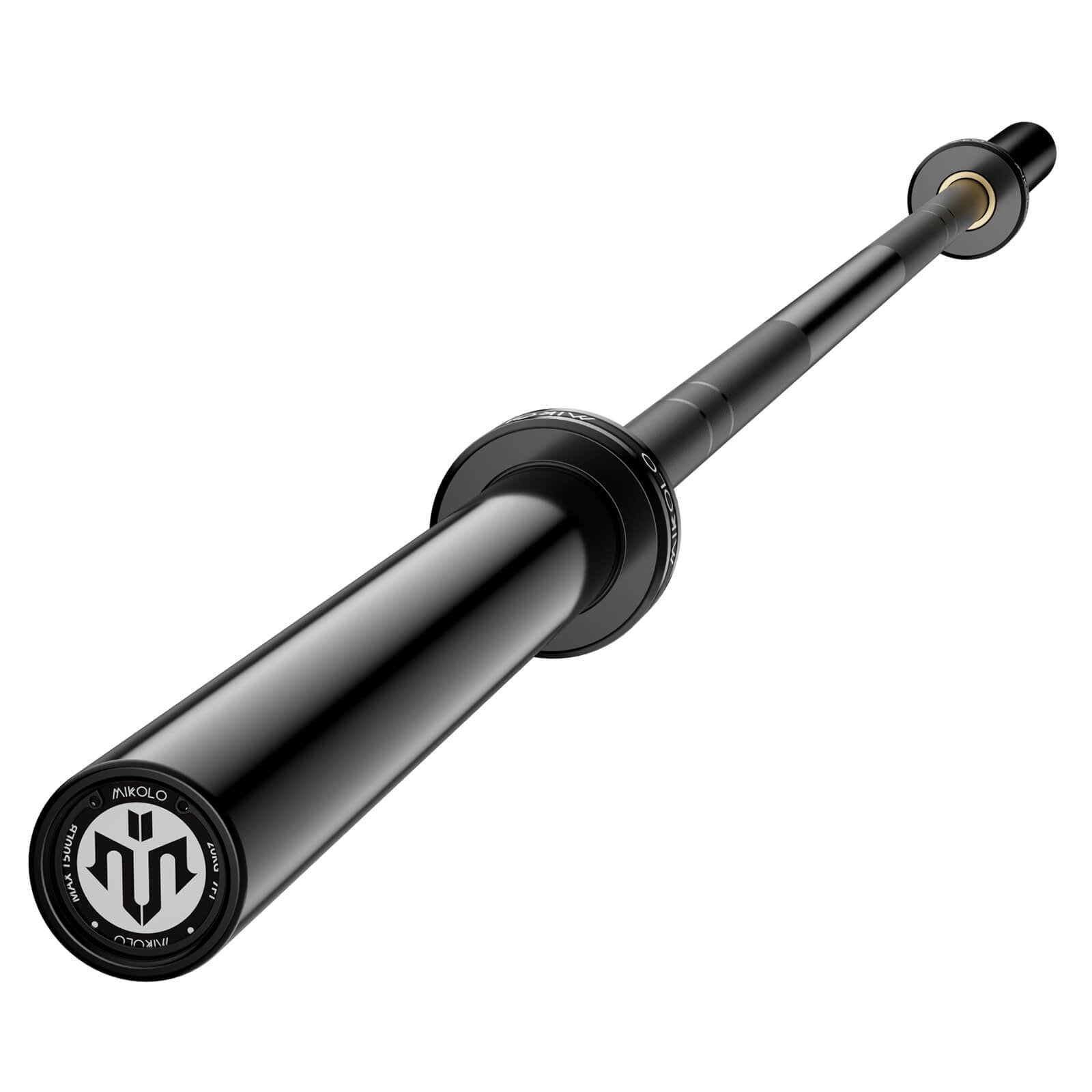
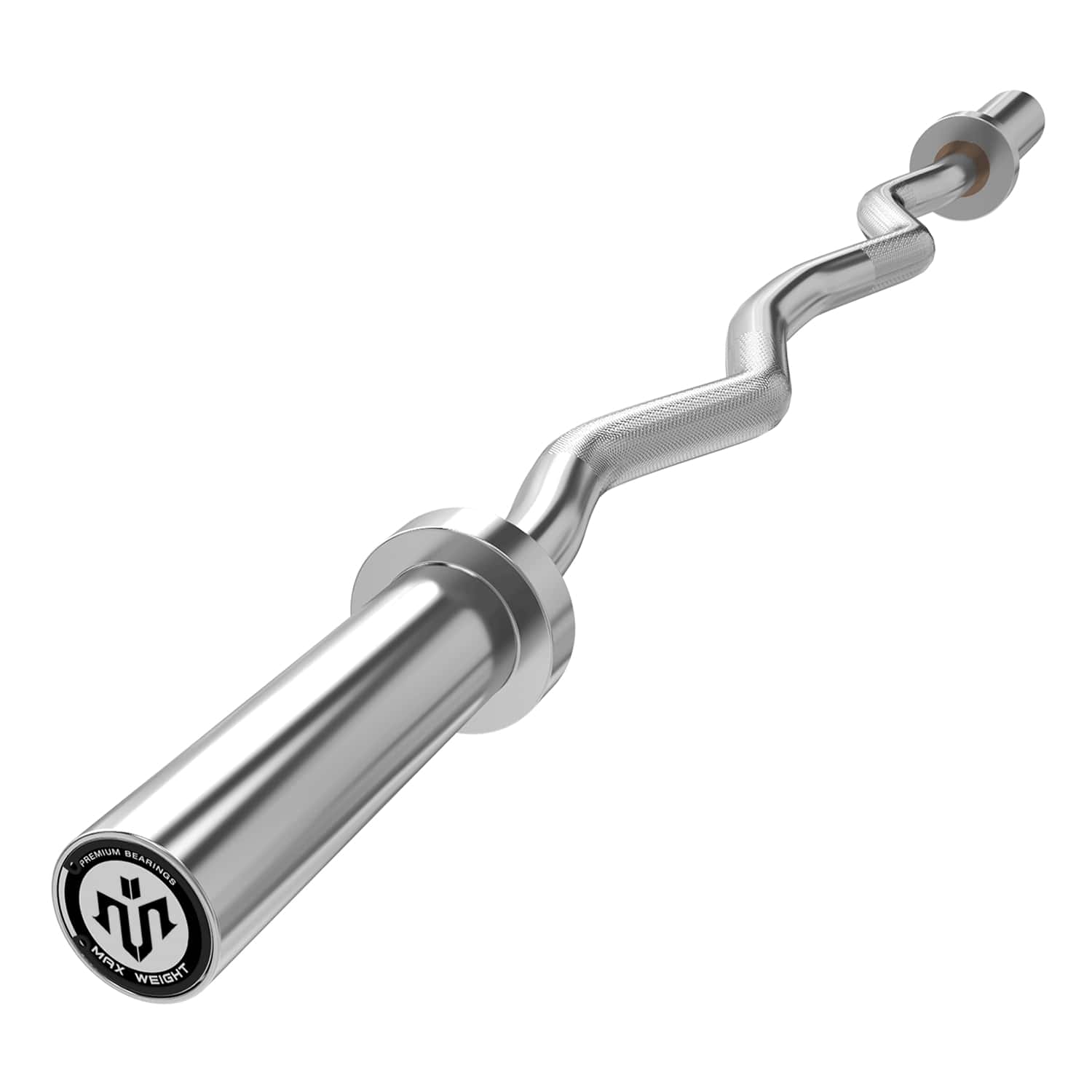
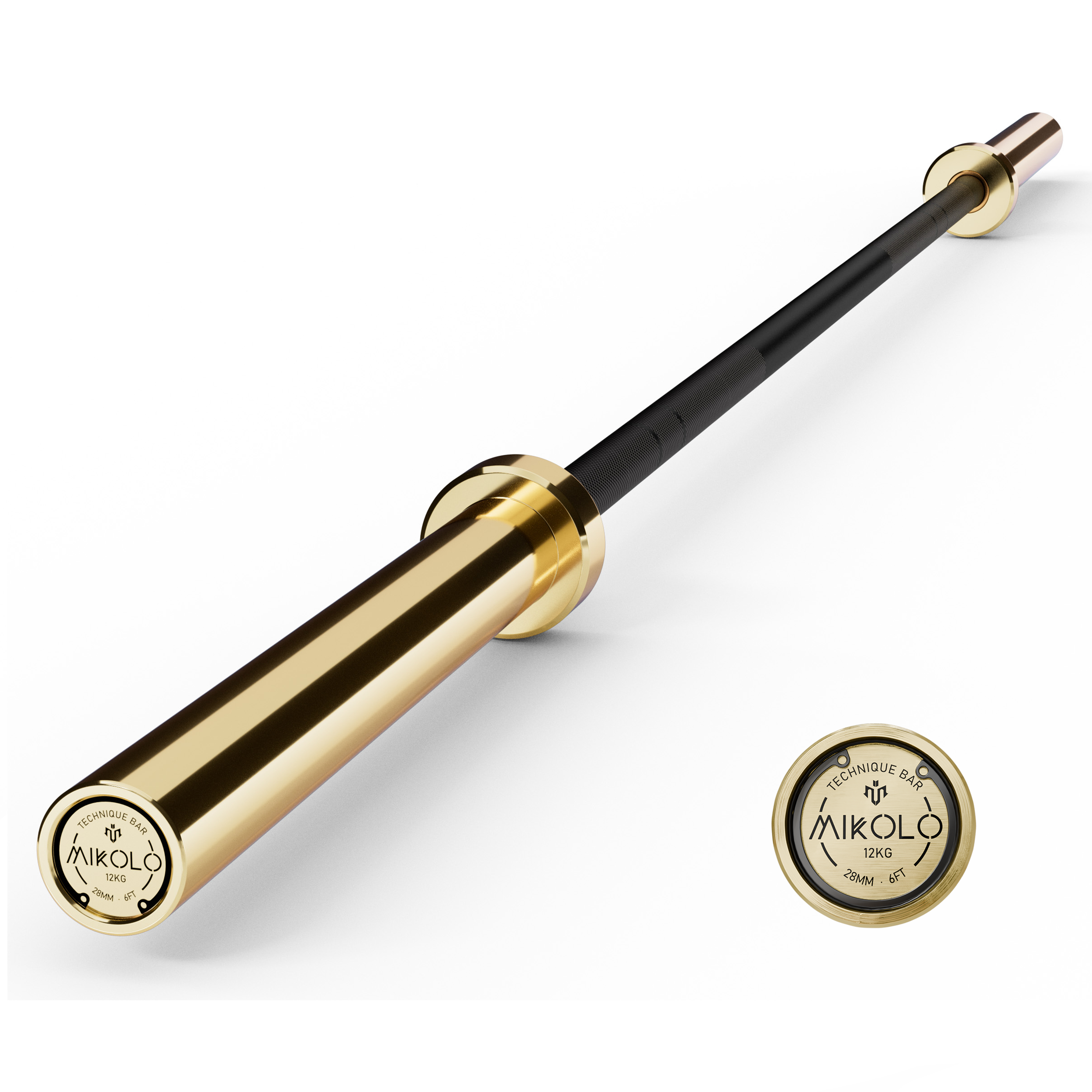
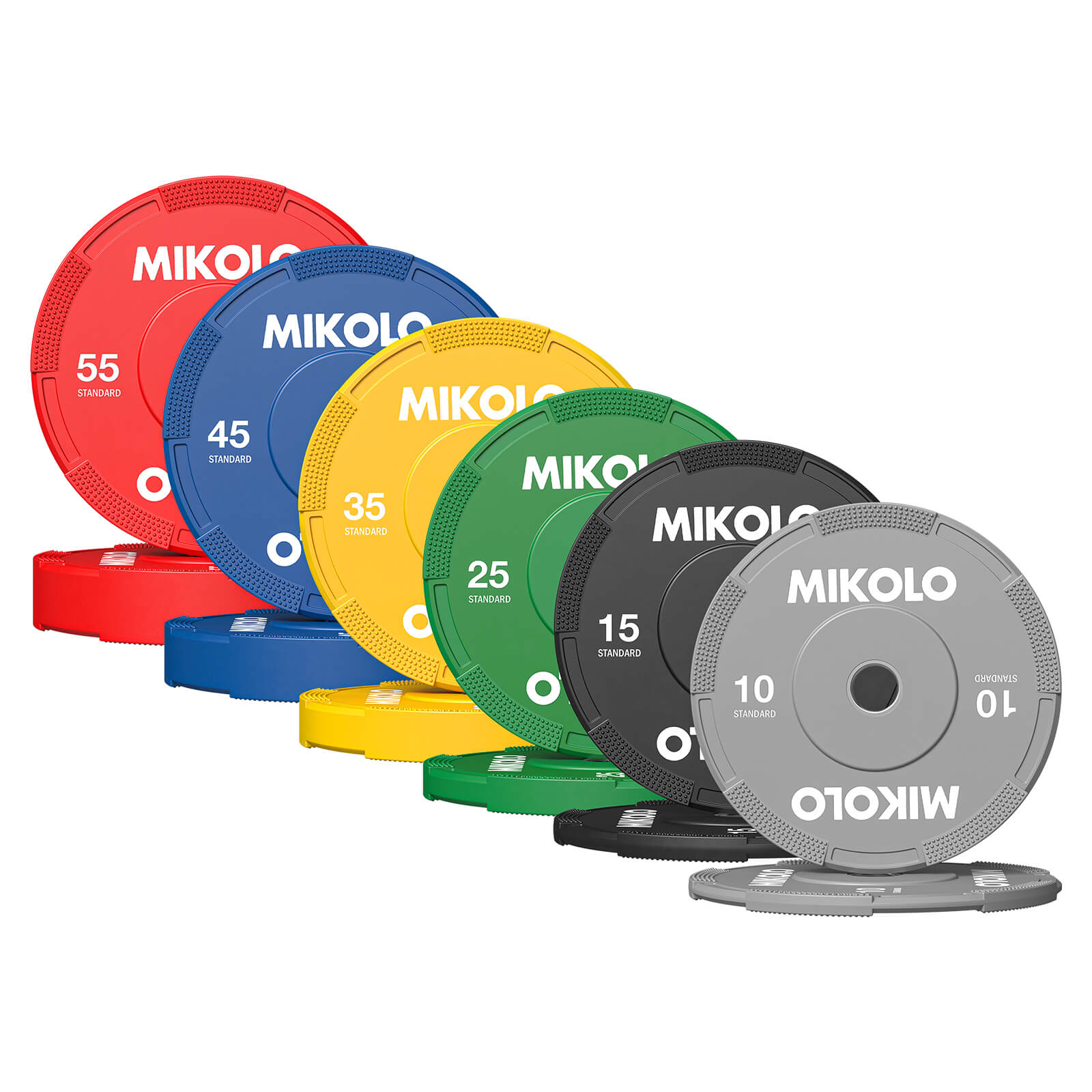
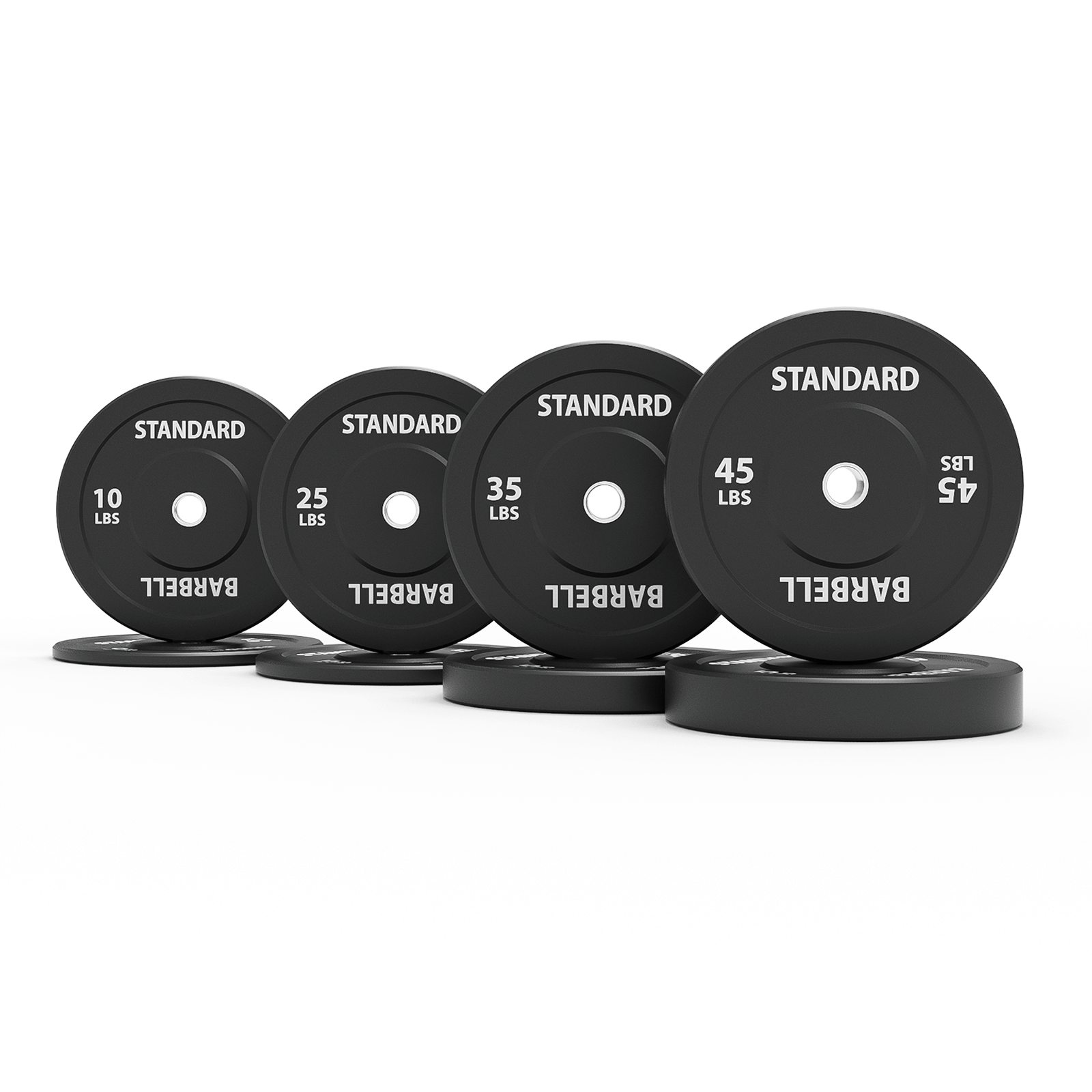
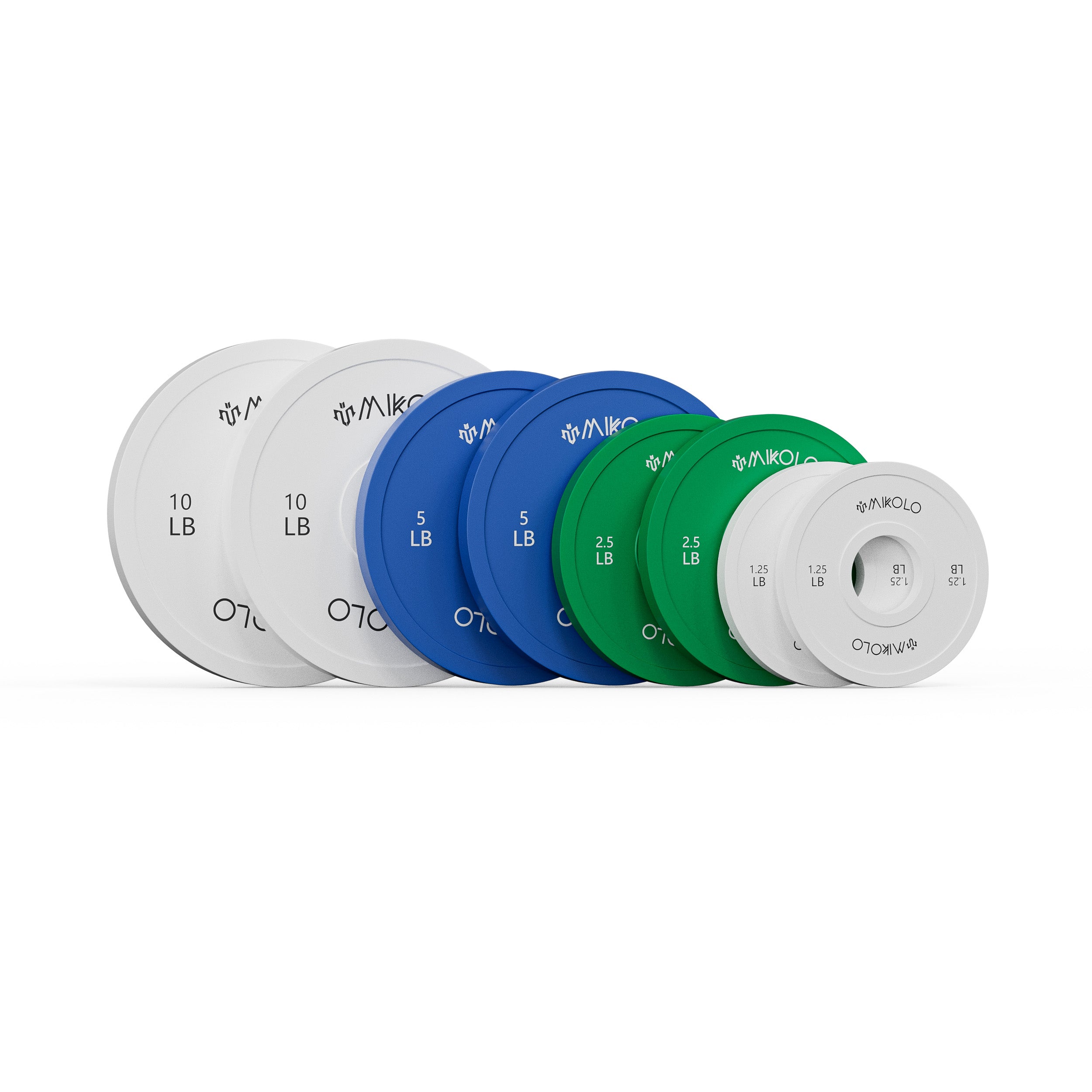

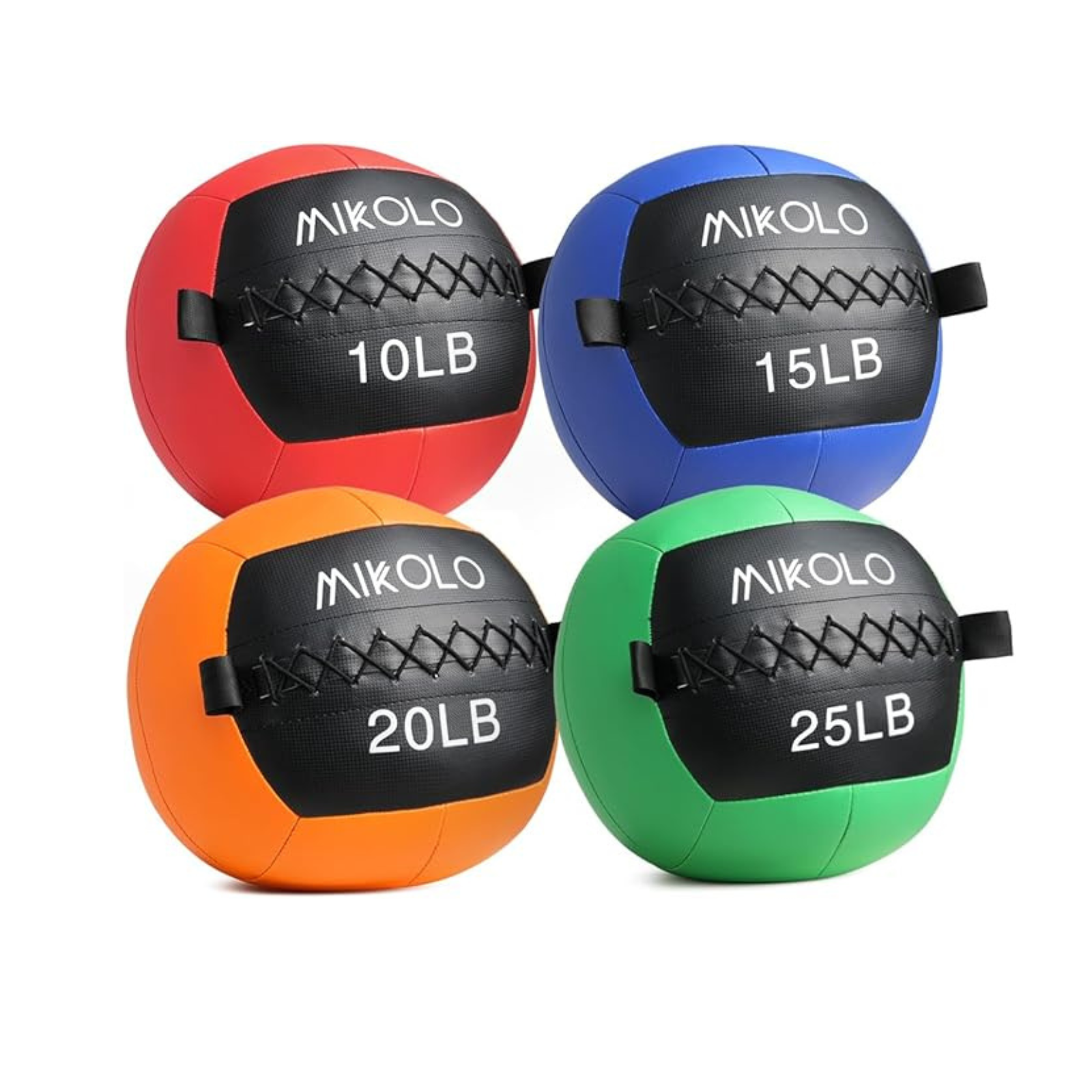
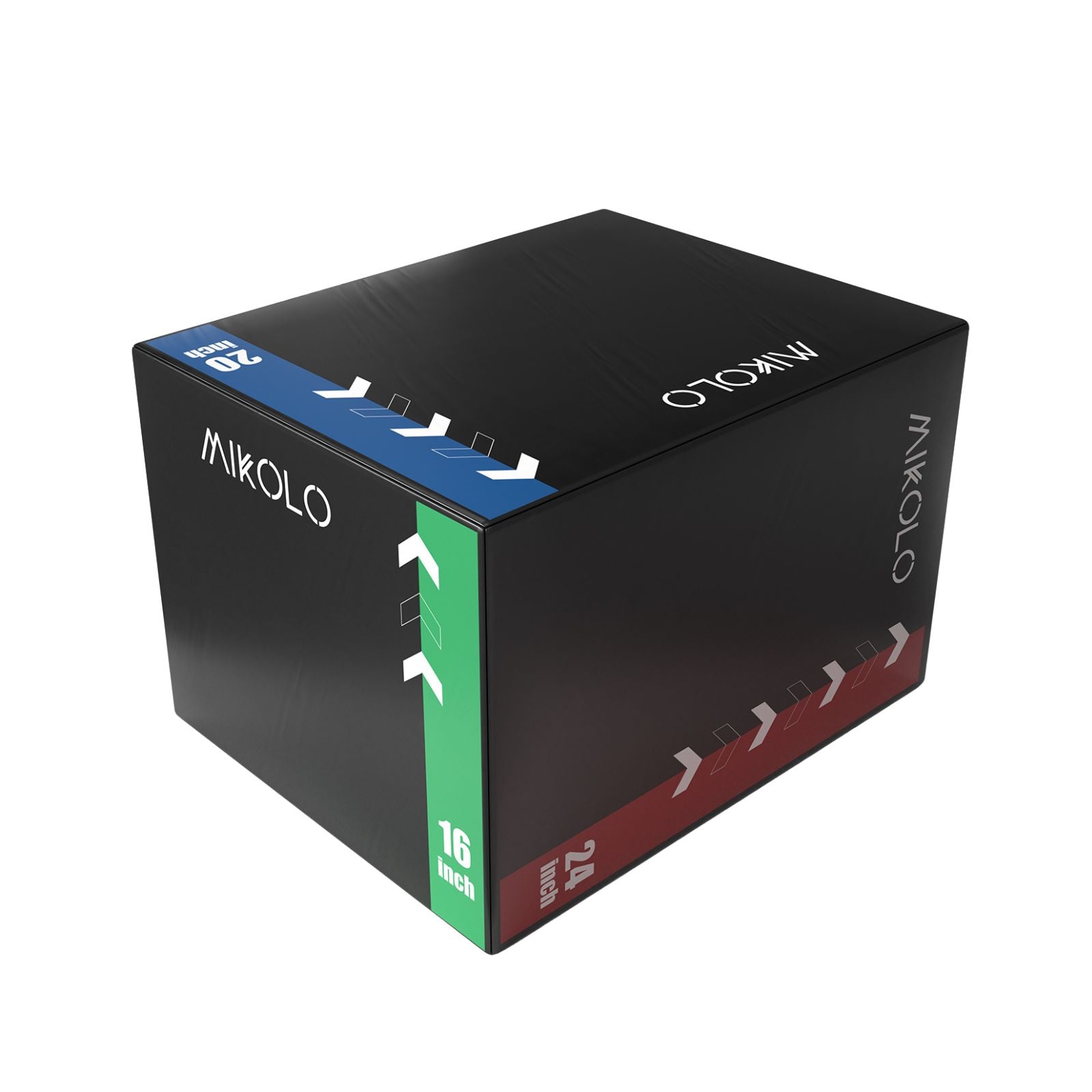
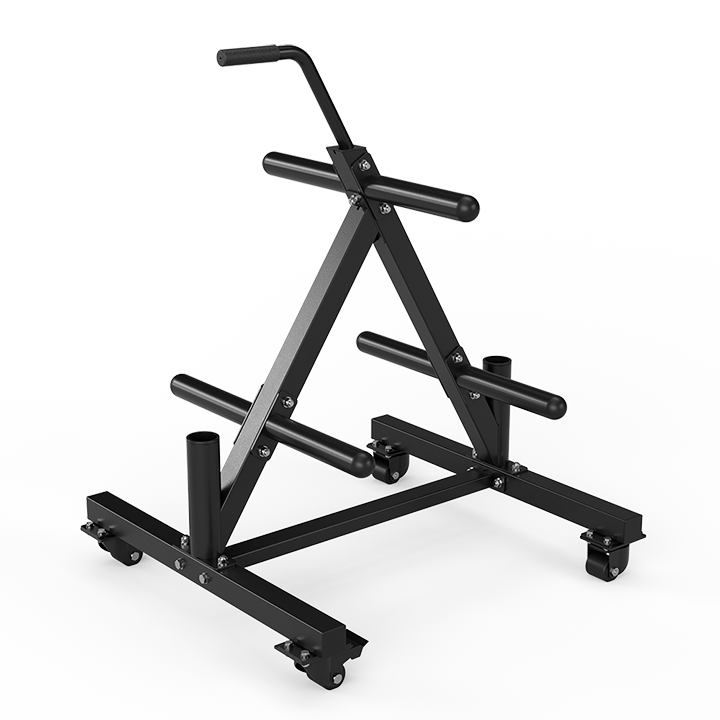
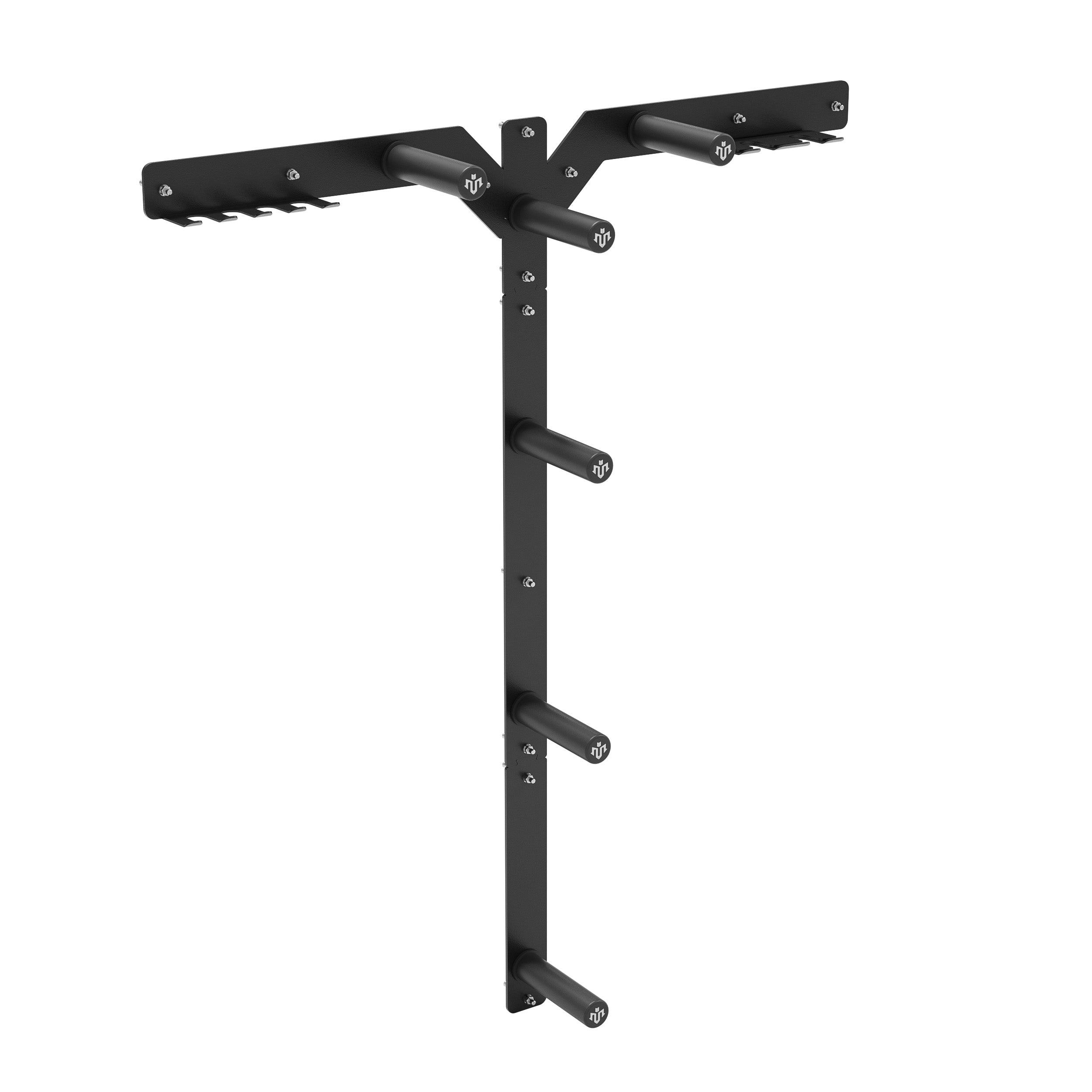




Leave a comment
This site is protected by hCaptcha and the hCaptcha Privacy Policy and Terms of Service apply.